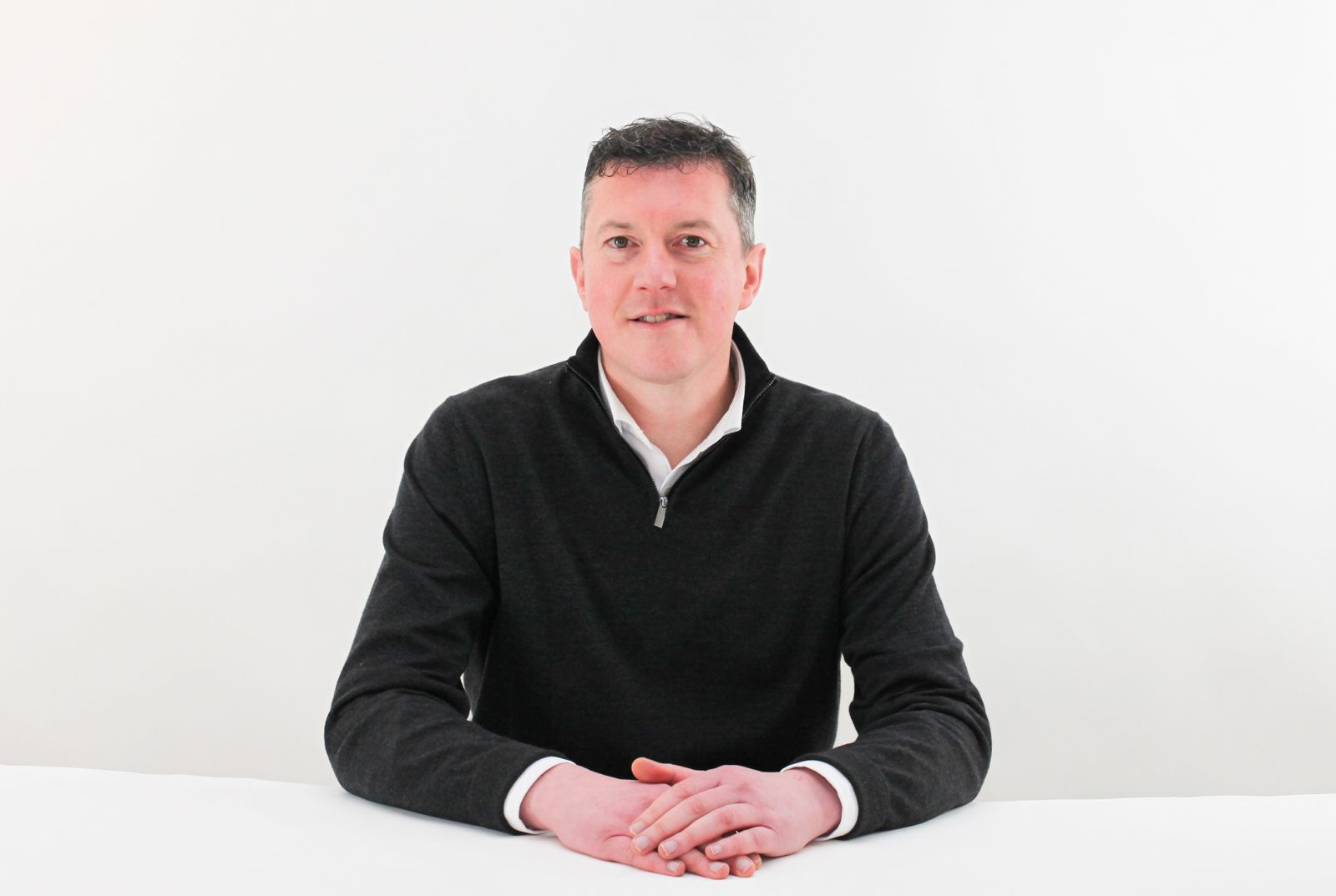 Neil Baker, Regional Director, WW+P Architects
Neil Baker, Regional Director, WW+P Architects
Unlocking Opportunity: The Role of Cityscape Global 2025 in Saudi Arabia’s Real Estate Evolution
Riyadh Daily Interview With Neil Baker, Regional Director, WW+P Architects
Why does Cityscape Global 2025 matter right now in Saudi Arabia’s real estate transformation?
In the current evolving market, Cityscape Global 2025, held in Riyadh, serves as a pivotal platform to closely track Saudi Arabia’s urban transformation momentum, where giga-projects and major infrastructure developments continue to drive real estate investments. The event opens a vast avenue of opportunities across various other key sectors such as smart cities, tourism, sports, logistics, and technology, which reinforces its role as an integrated investment ecosystem.
How do you see smart-city development contributing to Saudi Arabia’s rapid urban transformation, especially as the Kingdom advances its Vision 2030 goals?
Saudi Arabia is positioning itself as a rapidly developing country, driven by global technology companies introducing advanced innovations that are reshaping urban environments. Rapid urbanisation, which grew from 10 per cent of the population in 1950 to 82 per cent in 2015, has presented several challenges, including infrastructure strain, inefficient resource management, and the need for sustainable urban planning.
These complex challenges have accelerated the adoption of smart-city concepts in line with Vision 2030, which places innovation and technology at the heart of national growth. Successful smart-city development requires more than cutting-edge tools, it demands a deep understanding of cultural, social, and economic factors to ensure alignment with the local context.
A balanced, comprehensive approach is essential, one that combines strong governance, community participation, and inclusive decision-making to ensure that smart-city projects are socially inclusive, economically viable, and environmentally responsible. Progress also depends on collaboration across all levels of society, where government policies and community involvement play a meaningful role in planning and executing smart-city initiatives.
How does WW+P Architects bring its international expertise to the Saudi market in support of Vision 2030?
At WW+P, we deliver tailored solutions that merge global expertise with local identity. Our design approach of listening first, thinking sustainably, creating a clear vision and delivering a crafted response enable us to deliver projects across transportation, infrastructure, and transit-oriented development. Our goal is to create versatile projects that align with our core values of being people-focused, inventive and responsible – addressing the diverse needs of clients worldwide.
To meet the expectations of environmentally conscious clients, we integrate thoughtful landscape design that enhances biodiversity and use data-driven methods to create seamless connections between landscapes and the built environment. Our designs remain rooted in local features and are developed through active engagement with local communities, ensuring that local identity is preserved and respected.
We also bring a cross-disciplinary approach that combines biodiversity, active travel, and development potential into unified, high-value urban strategies. With extensive expertise across mixed-use developments, transport, infrastructure, and landscape design, we empower clients to deliver ambitious projects with confidence. From shaping project briefs to navigating planning requirements and sustainability goals, our team enables informed decision-making at every stage while ensuring design frameworks remain robust, coherent, and aligned with long-term objectives.
How do global trends and market dynamics shape WW+P’s role in transport infrastructure and urban development projects focused on public transit hubs?
Global trends are significantly influencing the way transport infrastructure and urban development projects are conceptualised, designed, and delivered. The global transportation infrastructure construction market was valued at approximately USD 3.4 trillion in 2022, with an expected CAGR of nearly 4 per cent through 2032, reflecting steady demand for transport projects. Governments worldwide continue to prioritise roads, railways, and public transit as essential drivers of economic development and long-term competitiveness.
Rapid urbanisation and population growthare placing additional pressure on current transport systems and reinforcing the need for expanded, efficient public transit networks. Sustainability is also becoming a defining factor, with the sector moving towards eco-friendly planning, energy-efficient technologies, and low-carbon construction, green infrastructure is rapidly gaining prominence.
New investment frameworks are emerging in areas such as electric-vehicle (EV) charging networks and sustainable parking solutions, supported by modern construction methods. These elements are now integral components of transportation infrastructure planning and fully align with global zero-carbon and low-carbon objectives.








